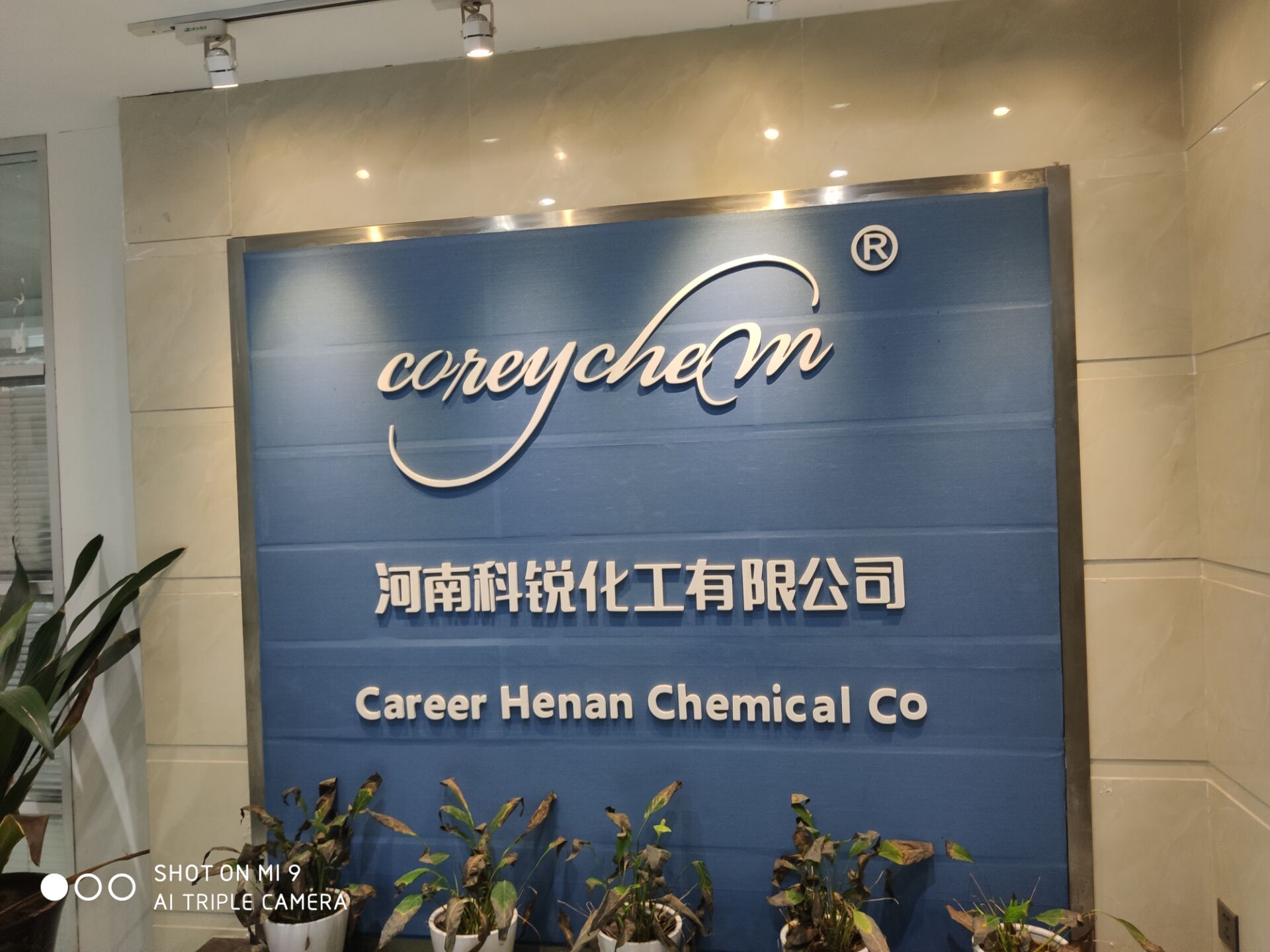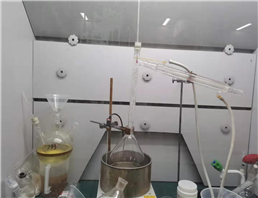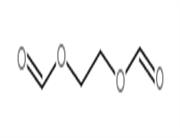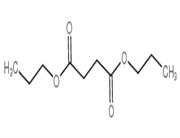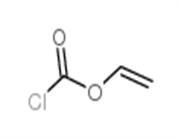Chemical Properties
Light yellow solid or powder at room temperature. Characteristic dithiocarbamate odor.
Uses
Metriram is a polymeric dithiocarbamic fungicide used in agriculture. Metiram is present as a mixture rather than a complex and is not assigned an ISO name. Metiram is used commonly in the protection of grapevines, apples, tomatoes, potatoes as well as other crops.
General Description
Yellow powder. Non corrosive. Insoluble in water. Used as an fungicide.
Air & Water Reactions
Thio and dithiocarbamates slowly decompose in aqueous solution to form carbon disulfide and methylamine or other amines. Such decompositions are accelerated by acids and bases. Insoluble in water.
Reactivity Profile
METIRAM is a dithiocarbamate. Flammable gases are generated by the combination of thiocarbamates and dithiocarbamates with aldehydes, nitrides, and hydrides. Thiocarbamates and dithiocarbamates are incompatible with acids, peroxides, and acid halides.
Hazard
Toxic by ingestion and inhalation.
Agricultural Uses
Fungicide: Metiram is used to protect fruits, vegetables, field crops and other crops and ornamentals against many types of fungi and other foliar diseases.
Trade name
ATLAS® BRAND[C]; AMAREX®; NIA 9102®[C]; NIAGARA[C]; POLYCARBACIN®; POLYCARBACINE®; POLYCARBAZIN®; POLYCARBAZINE®; POLYMARCIN®; POLYMARCINE®; POLYMARSIN®; POLYMARZIN®; POLYMARZINE®; POLYRAM®
Potential Exposure
Metiram is a dithiocarbamate fungicide used on fruits, vegetables, field crops and other crops and on ornamentals to protect against many types of fungi and other foliar diseases.
Shipping
UN3077 Environmentally hazardous substances, solid, n.o.s., Hazard class: 9; Labels: 9-Miscellaneous hazardous material, Technical Name Required.
Incompatibilities
Combustible material. Dust may form explosive mixture in air. Incompatible with oxidizers (chlorates, nitrates, peroxides, permanganates, perchlorates, chlorine, bromine, fluorine, etc.); contact may cause fires or explosions. Keep away from alkaline materials, strong bases, strong acids, oxoacids, epoxides. Dithiocarbamate esters are combustible. They react violently with powerful oxidizers such as calcium hypochlorite. Poisonous gases are generated by the thermal decomposition of dithiocarbamate compounds, including carbon disulfide, oxides of sulfur, oxides of nitrogen, hydrogen sulfide, ammonia, and methylamine. Thio and dithiocarbamates slowly decompose in aqueous solution to form carbon disulfide and methylamine or other amines. Such decompositions are accelerated by acids. Flammable gases are generated by the combination of dithiocarbamate with aldehydes, nitrides, and hydrides. Dithiocarbamate are incompatible with acids, peroxides, and acid halides. Thermal decomposition products in fire includes oxides of nitrogen and sulfur. Corrosive to iron, copper brass and zinc metals, especially in the presence of moisture. Heat alkalies (lime), moisture can cause decomposition. Decomposes on prolonged storage. Degradation produces ethylene thiourea.
Waste Disposal
Do not discharge into drains or sewers. Dispose of waste material as hazardous waste using a licensed disposal contractor to an approved landfill. Consult with environmental regulatory agencies for guidance on acceptable disposal practices. Generators of waste containing this contaminant (≥100 kg/mo) must conform to EPA regulations governing storage, transportation, treatment, and waste disposal. A potential candidate for liquid injection incineration at a temperature range of 650 to 1600℃ and a residence time 0.1 to 2 seconds. Also, a potential candidate for rotary kiln incineration at a temperature range of 820 to 1600℃ and residence times of seconds for liquids and gases, and hours for solids.
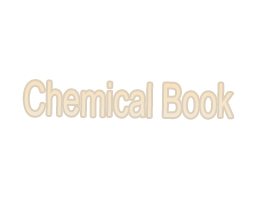
 China
China

